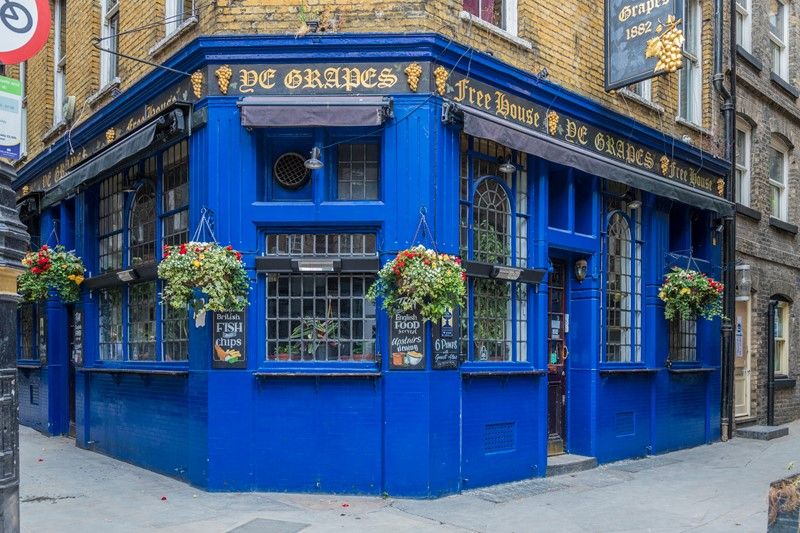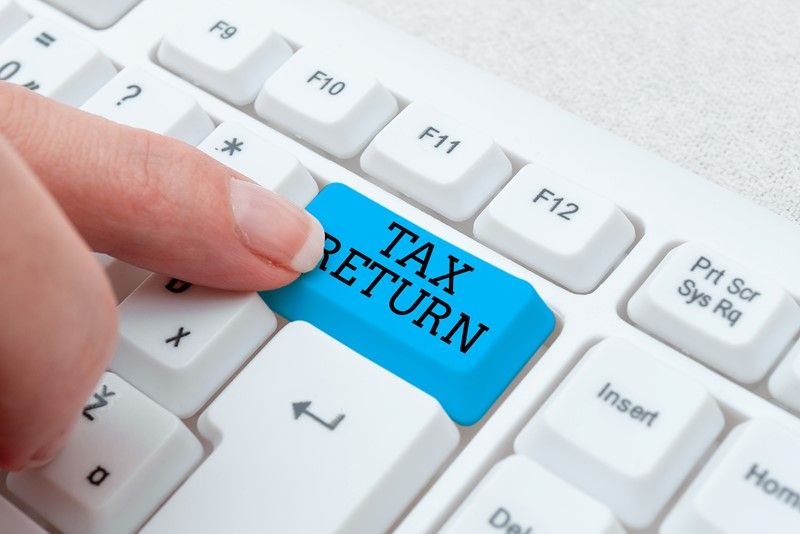How to Check the Creditworthiness of New Customers
Before extending credit to new customers, it’s essential to assess their financial reliability. Checking their creditworthiness helps protect your business from potential losses and late payments. Here’s how to do it:
- Start by requesting basic financial information from the customer, including company details, trading history, and references from suppliers. Established businesses should be able to provide trade references that confirm their payment behaviour.
- Conduct a credit check using a business credit reference agency such as Experian, Equifax, or Credit safe. These agencies provide credit scores and reports on a company’s financial health, outstanding debts, and payment history. For individual customers, you may need their consent to run a personal credit check.
- Review the customer’s filed accounts at Companies House if they are a UK-registered business. Financial statements, including balance sheets and profit and loss accounts, offer insight into their financial stability. A company with poor liquidity or persistent losses may pose a credit risk.
- Check for County Court Judgments (CCJs) or insolvency records. If a business or individual has a history of unpaid debts or legal action, this could indicate a higher risk of non-payment.
- Set appropriate credit limits and payment terms based on the information gathered. If necessary, request upfront payments or guarantees to minimise risks.
Finally, monitor ongoing customer creditworthiness. Even reliable customers can experience financial difficulties, so it’s important to review accounts periodically and adjust credit terms when necessary.




